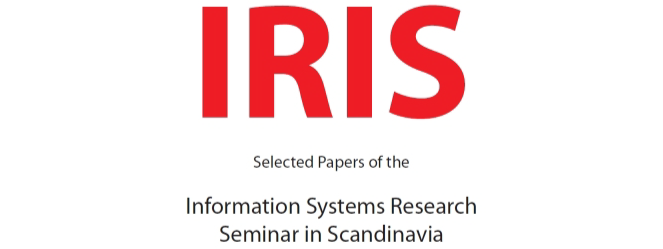Abstract
Since its inception in 1948, the World Health Organization (WHO) has been instrumental in setting standards for monitoring and evaluation of public health interventions and health service delivery. This paper focuses on the way in which these standards are operationalized through health indicators and analytical tools. We describe and discuss a concrete attempt by WHO to achieve this by embedding indicators and analytical outputs in a health information software that is used in a majority of the world’s least developed nations. We analyse this phenomenon by using a concept of fluid standards, and challenge the ‘conventional’ perspective on standards as fully specified and unequivocal outputs of formal standardisation processes.
Recommended Citation
Poppe, Olav; Sæbø, Johan Ivar; Nielsen, Petter; and Sanner, Terje Aksel, "Standardising Through Software" (2017). Selected Papers of the IRIS, Issue Nr 8 (2017). 4.
https://aisel.aisnet.org/iris2017/4


